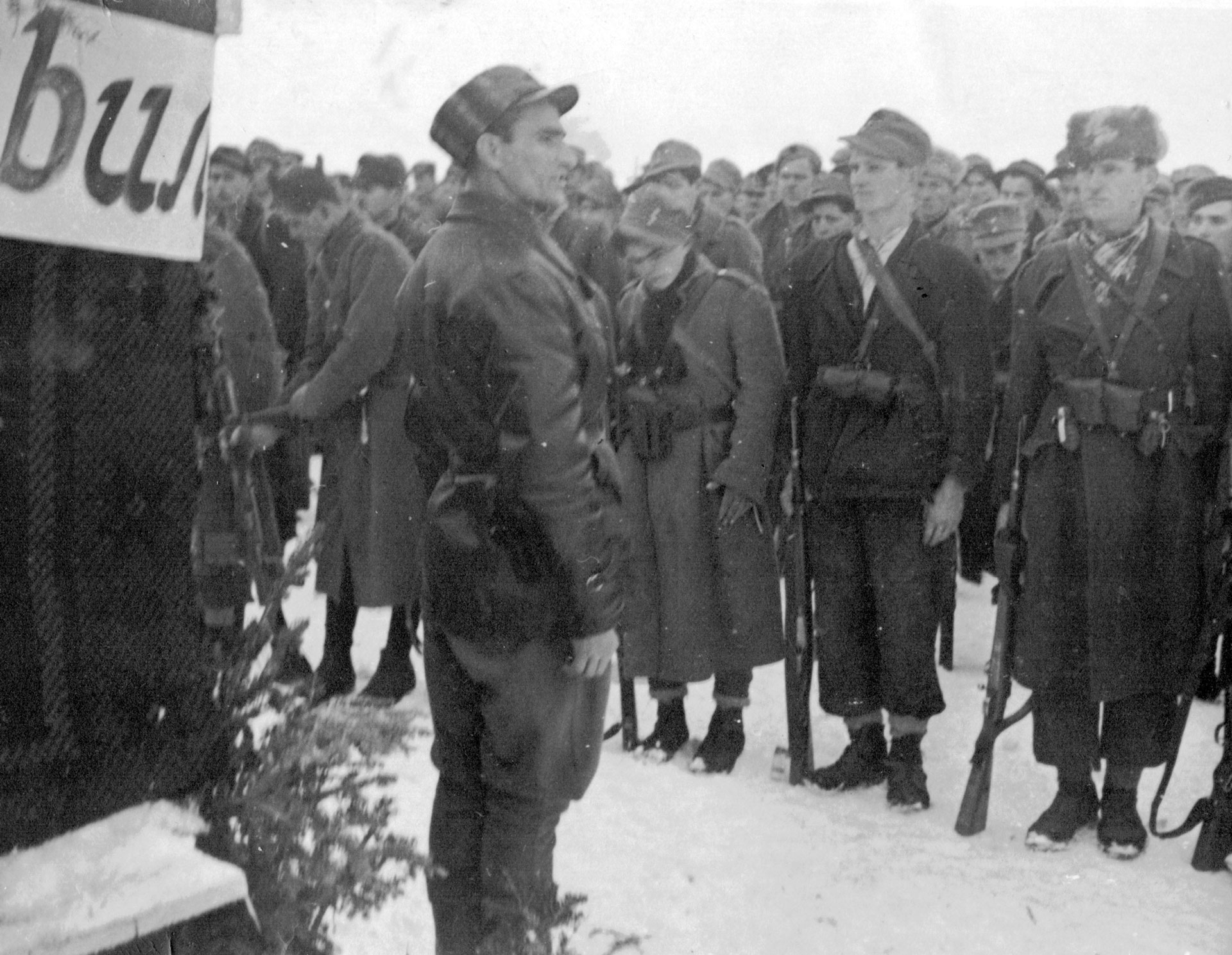“Only through our chest!” Building interethnic resistance
The early phase of resistance against the Ustasha regime was burdened with many challenges. In the regions predominantly populated by Serbs, like in western Bosnia, the complexities were of ethnic nature. On the one hand, the masses of Serbs, after months of terror, took to the forests. They brought what they could: some food, basic necessities, and whatever weapons they could muster. On the other hand, there were the communists, who, in the first weeks of the occupation, pledged to initiate armed struggle for liberation. While they were forming their clandestine military network, the German invasion of the USSR in late June pushed their movement into a higher gear. Willing and able, they also took to the forests.
This mixture of several hundred communists and an increasing number of self–organized Serbs was not entirely unnatural. The communists were not a foreign body. They were sometimes known among mining, forestry and lumber workers, or as students in their native countryside. Mladen Stojanović from the town Prijedor, to take his example, was a well known and respected doctor. And as the communists needed the power of numbers, the civilians looked up to determined organizers, especially if they boasted military experience. But there was one major obstacle: the trust between ethnic groups was shattered by the genocidal policies of the NDH. The vast areas exploding into an uprising were at risk of sliding down the spiral of interethnic revenge. If the communists were to prevail, they had to reestablish cross–ethnic trust, to direct the blows against the regime and the Axis, away from Muslims and Croats as “others”, and to open up the movement so they could (eventually) join the struggle.
The level of inclusiveness was different from region to region. In some cases, the non–Serb communists took a neutral nom de guerre so they could fit in and not be rejected as Croats or Muslims. Sometimes they were not welcome, especially in groups that would soon align with the Chetniks. But in others, they quickly took charge. In the Kozara Mountain Partisan Detachment, the commanders, including Osman Karabegović, a Muslim under his own name, would exclaim before the crowds: “Only through the chests of the communists, through our chests, will anyone fire bullets at the Muslim common folk.” One local Serb partisan, whose wife and children were killed by the Ustasha, declared that for this he does not condemn the entire Croat people, from which came his commander, Josip Mažar, “a man for whom I would give my life.”
Vladan Vukliš


